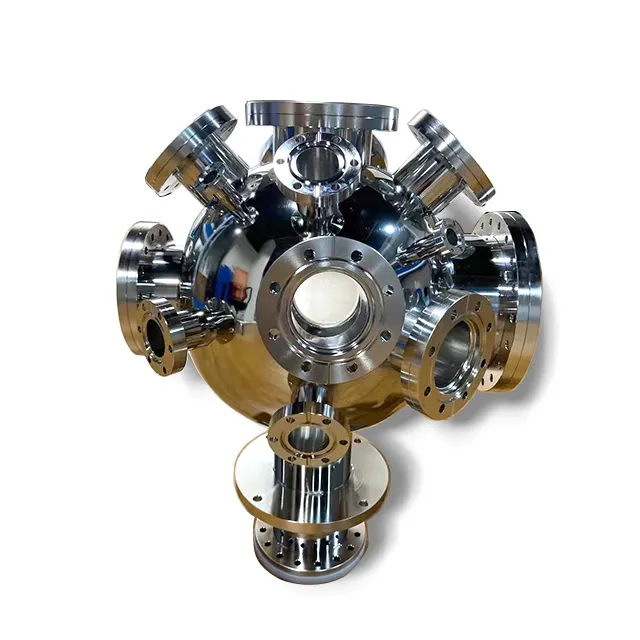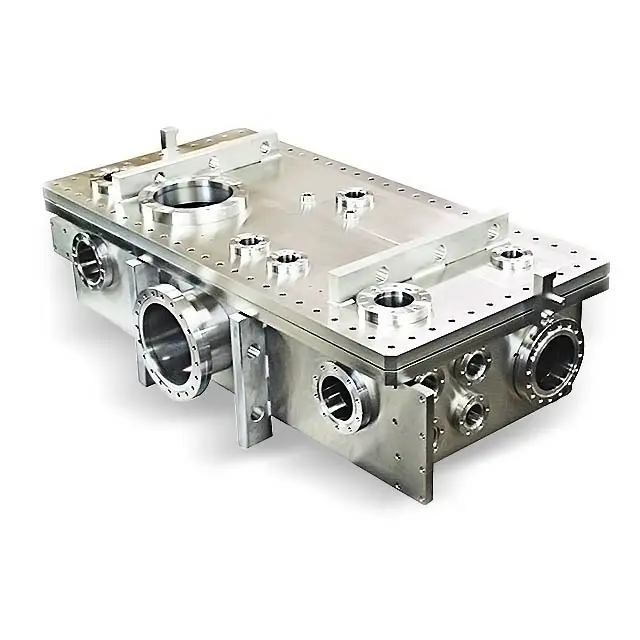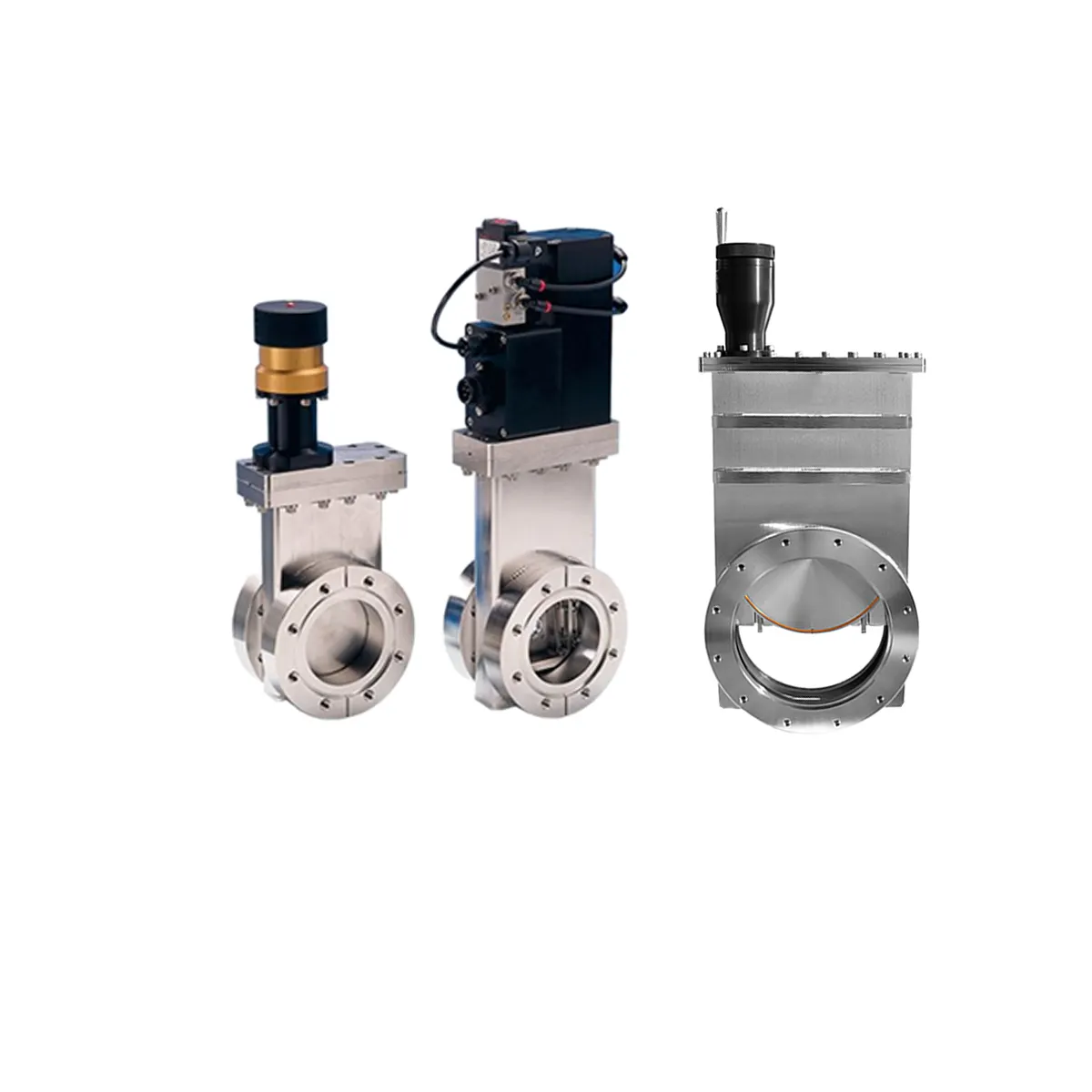vacuum lines and fittings
Vacuum lines and fittings are essential components in various industrial and laboratory applications, serving as the backbone of vacuum systems that require precise control and reliable performance. These components are engineered to maintain consistent vacuum pressure throughout the system while ensuring zero leakage at connection points. The lines are typically constructed from high-grade stainless steel or specialized polymers that offer exceptional durability and resistance to corrosion, making them suitable for both aggressive chemical environments and high-purity applications. Modern vacuum lines feature standardized connections and quick-release mechanisms that facilitate easy installation and maintenance while maintaining system integrity. The fittings are precision-manufactured to exact tolerances, incorporating advanced sealing technologies such as metal-to-metal seals or elastomer O-rings that ensure optimal vacuum performance. These systems can handle a wide range of pressure requirements, from rough vacuum to ultra-high vacuum conditions, making them versatile for applications in semiconductor manufacturing, pharmaceutical production, research laboratories, and industrial processing. The design of these components prioritizes smooth internal surfaces and minimized dead space to enhance flow characteristics and prevent contamination build-up.


